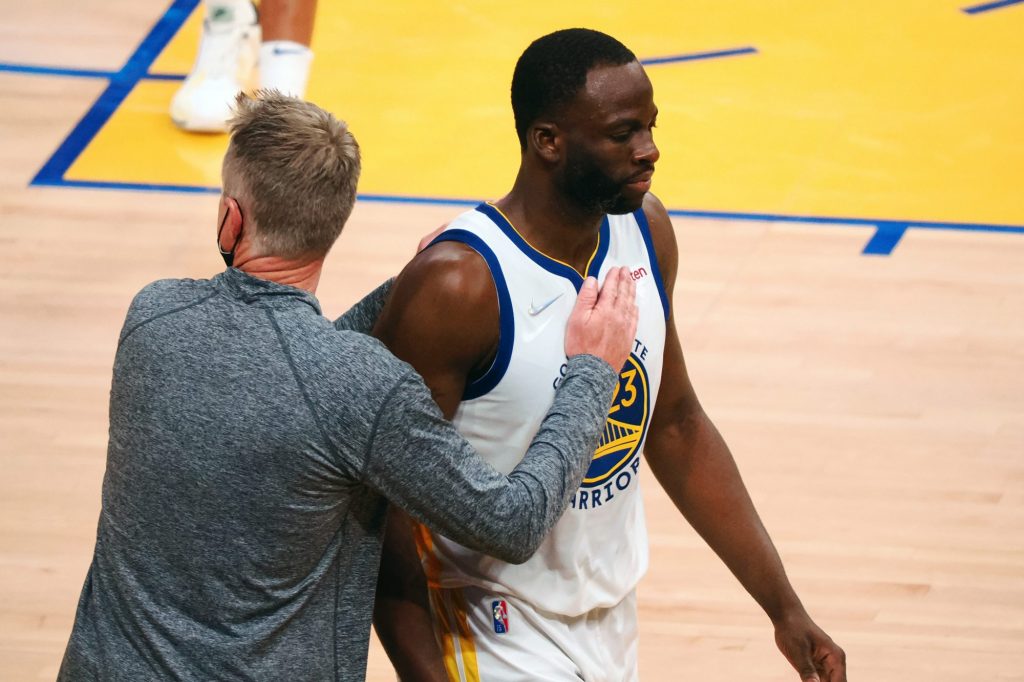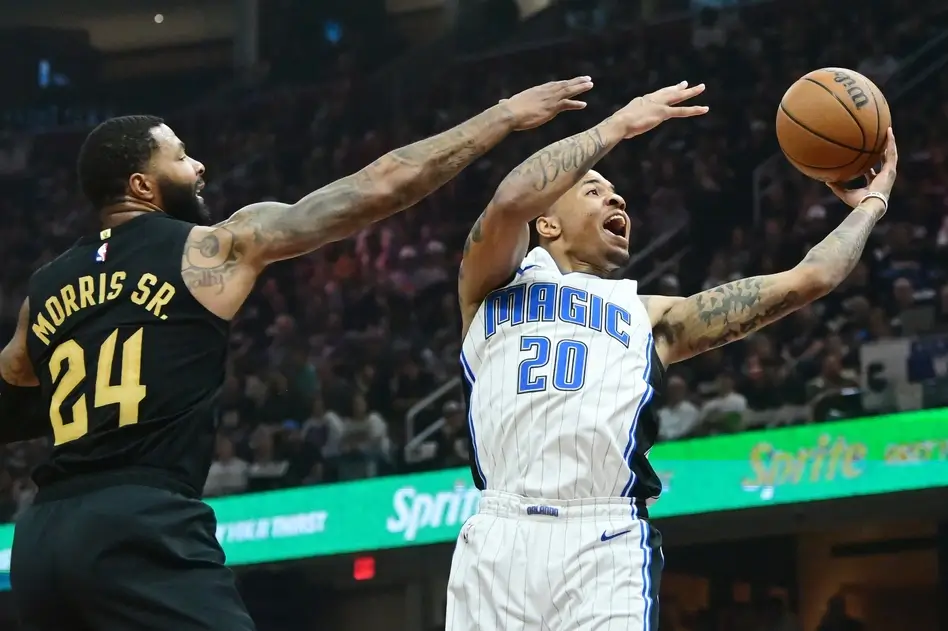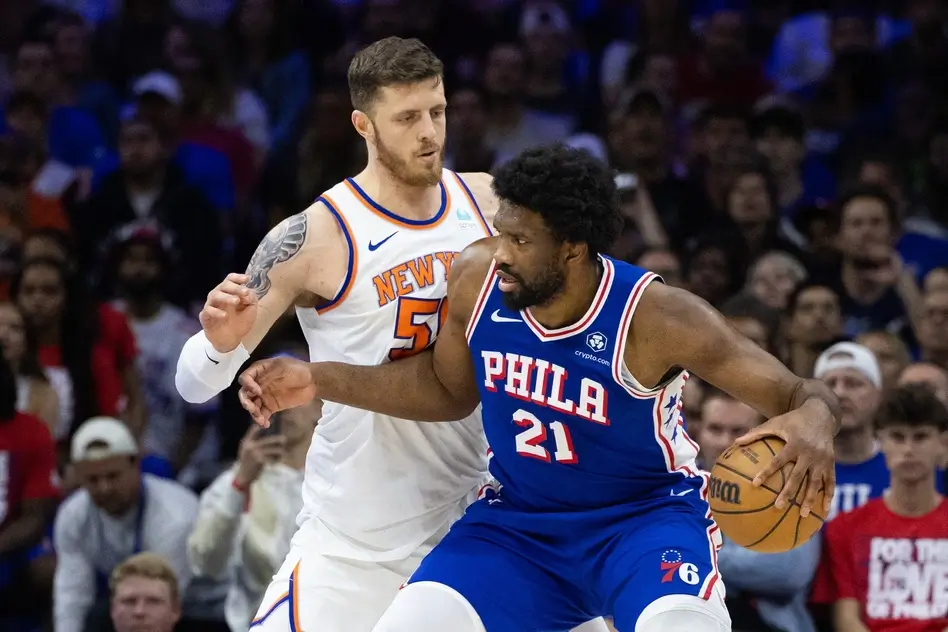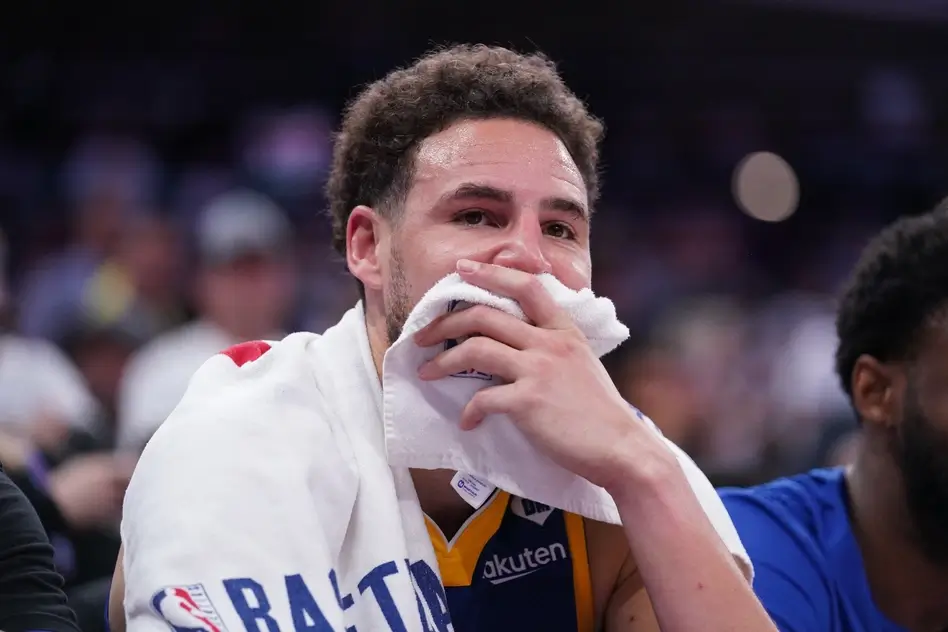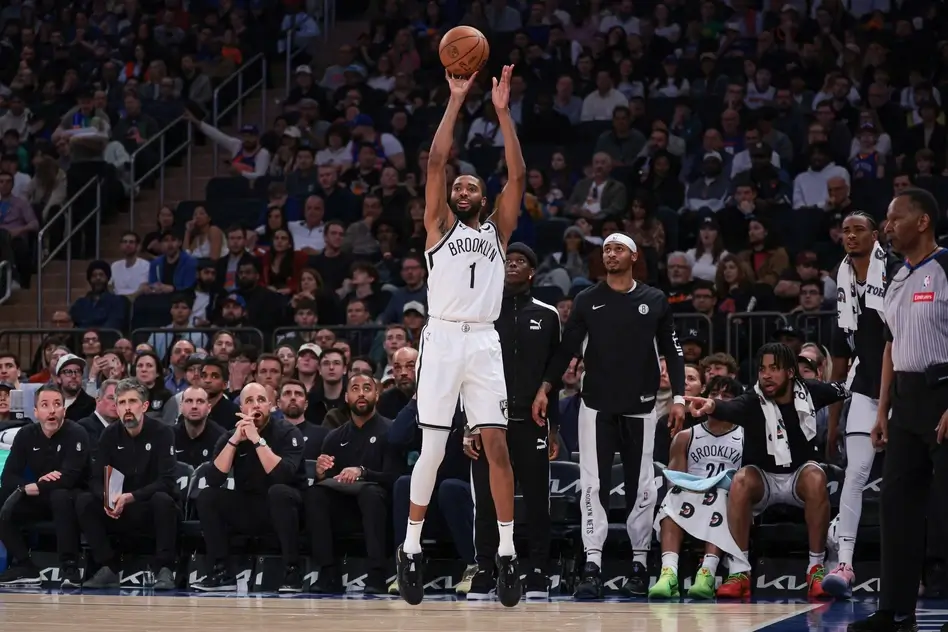In the NBA, players and coaches get whistled when they commit a foul. And there are a lot of fouls committed in a single game. Basketball fans need to take a look at the NBA fouls explained to better understand how this infraction of the rules works.
NBA fouls explained
In basketball, it’s not always a straightforward back-and-forth scoring between the two teams. Basketball is a physical sport and players may commit illegal contact or perform unsportsmanlike conduct toward each other while playing. Penalties and even ejections may be given to players after a foul is committed.
Fouls are much more common in a highly competitive and physical game like the NBA. Only the best referees in the world are allowed to officiate these games due to their better judgment and experience.
Let’s take a deeper dive into the NBA fouls explained…
How do NBA fouls work?
Fouls occur when a player makes illegal contact or performs unsportsmanlike conduct against the opposing player during a play, whether intentional or unintentional. A referee sees this and makes the call.
There are different types of fouls in the NBA: personal, flagrant, and technical. These fouls are much more severe than violations. We’ll discuss more of these in detail below.
There are a lot of instances where a foul has been committed on the floor but isn’t called by the referee. On the other hand, there are also a lot of instances where a foul is called but there’s no actual contact made. This results in some of the most controversial calls made in NBA history.
How many fouls are required to foul out in the NBA?
In the NBA, players need to commit six personal fouls before they are disqualified from playing in the game. Once the sixth foul is incurred, the referee will automatically disqualify the player who commits the foul. The disqualified player can no longer play in the game but can still sit on the bench.
Basketball rules on fouls are different in other known leagues such as the FIBA and NCAA. There, they only allow five fouls per game.
When are teams in the bonus?
One of the NBA foul rules states that each team is limited to four team fouls per quarter before entering the bonus. This means that when a team commits their fifth foul, the opposing team will be awarded free throws. The player that gets fouled will shoot the free throws.
Every new foul that occurs after the fifth foul will also result in the opposing team taking bonus free throws. This is why players are more careful in playing defense when the opposing team is already in bonus situation.
Keep in mind that team fouls reset to zero when entering a new quarter and overtime. No team fouls will be carried over the next quarter. Of course, personal fouls committed by players will be carried out until the next quarter.
The bonus rule applies differently when there are two minutes remaining in a quarter. Once a team reaches their second foul in the final two minutes, the opposing team gets awarded a bonus free throw regardless of how many team fouls were committed during the quarter. In overtime, the bonus rule applies once a team goes over three fouls.
What are the three types of fouls in basketball?
Personal
Personal fouls are the most common foul in basketball. This is an illegal act of pushing, holding, charging, or striking another player during a play. There are two types of personal fouls: defensive and offensive.
A defensive foul occurs when defensive players commit illegal contact toward an offensive player. When the offensive player is fouled in the act of shooting, they are awarded two free throw attempts or three free throw attempts depending on the field goal attempted. If the offensive player makes the shot during the illegal contact, the basket counts, and they receive one free throw attempt.
Meanwhile, an offensive foul occurs when offensive players commit illegal contact toward the defense during their possession. Once an offensive foul occurs, the offensive team loses possession of the ball.
There are also instances where both players commit personal fouls against each other at the same time. This is called a double foul. No free throw is rewarded and the team that has possession shall retain their possession of the ball.
Flagrant
Flagrant fouls are more severe personal fouls that can potentially injure the opposing player. These fouls carry heavier penalties such as fines, ejections, and suspensions. There are two types of flagrant fouls in the NBA—Flagrant Foul 1 and Flagrant Foul 2.
In Flagrant Foul 1, two penalty free throws and possession are awarded to the team that was fouled. The same penalty is imposed to Flagrant Foul 2 plus automatic ejection to the player who committed the flagrant foul.
Technical
A technical foul is a type of foul without any physical contact. Technical fouls can be given to players, coaches, coaching staff, team personnel, the entire team, or even the crowd. This is given usually for taunting, arguing over a call, using profanity, fighting, flopping, and many more reasons.
A free throw and possession are awarded to the opposing team after a technical foul occurs. If a player or coach receives two technical fouls in the same game, the referee will automatically eject them.
In the NBA, a player accumulating 16 technical fouls in the regular season will result in an automatic suspension of one game. Every two technical fouls received after the 16th technical foul will result in another suspension. The penalty is more severe in the playoffs.
Different ways players can commit a foul
Pushing
When a player makes a contact that displaces an opposing player out of his position.
Holding
When a player uses their hands to hold, grab, or pull an opposing player with or without the ball.
Reach-in
When a player uses their hands to hack, slap, or smack an offensive player in an attempt to steal the ball.
Hand check
When a player uses their hands to impede or prevent the offensive player from advancing on the perimeter. Unless the offensive player is in the area near the basket with his back to the basket, hand checking is not allowed.
Blocking
When a defensive player is not properly positioned and makes contact with an offensive player to stop their movement.
Charging
When an offensive player charges into a defensive player who already has an established position outside the restricted area. No charges can be called when the defensive player is inside the restricted area, whether they are in a proper position or not.
Illegal screen
When an offensive player fails to maintain a stationary position while setting a screen. Screeners must be in a standstill position when setting a pick.
Over the back
When a player grabs, pulls, bumps, or pushes an opposing player while attempting to get a rebound from behind them.
Loose ball
When a player grabs, checks, and pushes another player while contesting possession of the ball. This foul usually occurs during shot attempts, rebounds, turnovers, and passes.
Landing space
When a player uses their legs to advance into the landing space of an airborne offensive player. A more severe penalty may be given to the defensive player. This is also called the “Zaza rule”.


